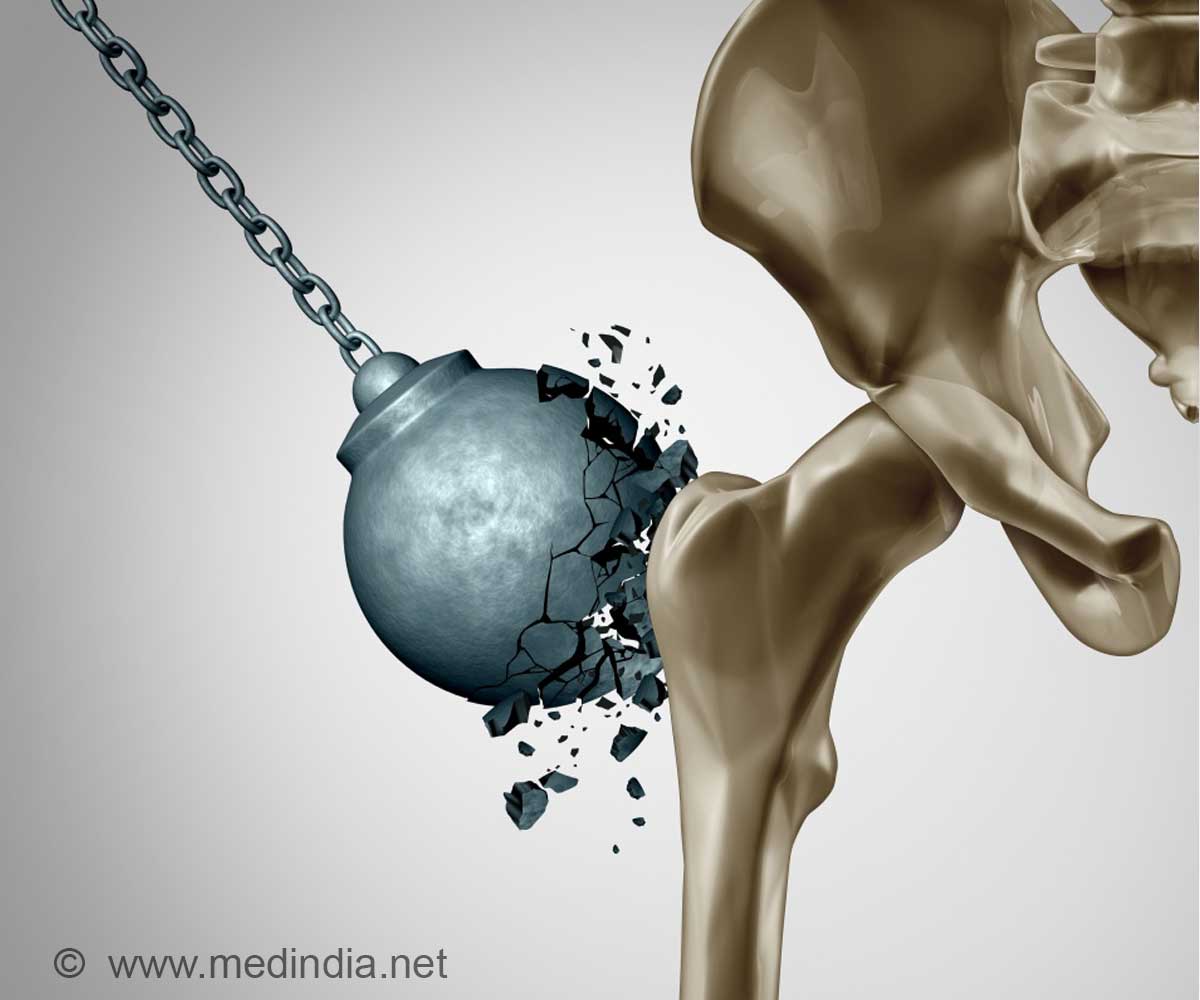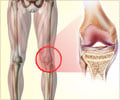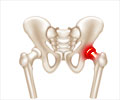Potent anti-osteoporotic compound from female ginseng offers a promising alternative to age-related disorders.

Discovery of a Potent Antiosteoporotic Drug Molecular Scaffold Derived from Angelica sinensis and Its Bioinspired Total Synthesis
Go to source). Osteoporosis and low bone mass impact 54 million American adults over the age of 50, according to the International Osteoporosis Foundation. The disease can progress to significant disability, such as hip and spine fractures, and financial burdens, such as lost wages and hospitalization.
Breakthrough in Osteoporosis Treatment
Several drugs have proven effective in either preventing bone loss or promoting bone formation, but each comes with potential side effects, including injury to jaw and leg bones.‘Addressing the challenge of age-related disorders such as osteoporosis amidst increasing life expectancy, researchers have discovered a promising anti-osteoporotic compound sourced from female ginseng, providing a potential alternative to costly drugs with adverse effects.
#osteoporosis #antiosteoporotic #femaleginseng
’





Searching for alternative treatments, Hao Gao, Xin-Luan Wang, and colleagues turned to female ginseng (Angelica sinensis), which has long been used in traditional Chinese medicine to treat osteoporosis. The researchers performed chemical extraction on the medicinal plant and identified two new compounds, calling them falcarinphthalide A and B, that were structurally unlike anything previously discovered in female ginseng.
They also determined potential biosynthetic precursors and metabolic pathways that the plants use to form these compounds. Then, with these mechanisms as starting points, the team devised lab synthesis methods and produced the compounds at quantities sufficient for biological testing.
Inspired by the traditional efficacy of female ginseng, the team tested the compounds for their impact on the formation of cells called osteoclasts, which facilitate bone loss.
They observed that only falcarinphthalide A and its precursors showed osteoclast inhibitory activity and an anti-osteoporotic effect.
Advertisement
The researchers say that this study opens up the possibilities for new osteoporosis treatments based on the female ginseng compound, whether in its current form or as a structural template for further drug development.
Advertisement
- Discovery of a Potent Antiosteoporotic Drug Molecular Scaffold Derived from Angelica sinensis and Its Bioinspired Total Synthesis - (https://pubs.acs.org/doi/full/10.1021/acscentsci.3c01414)
Source-Eurekalert















